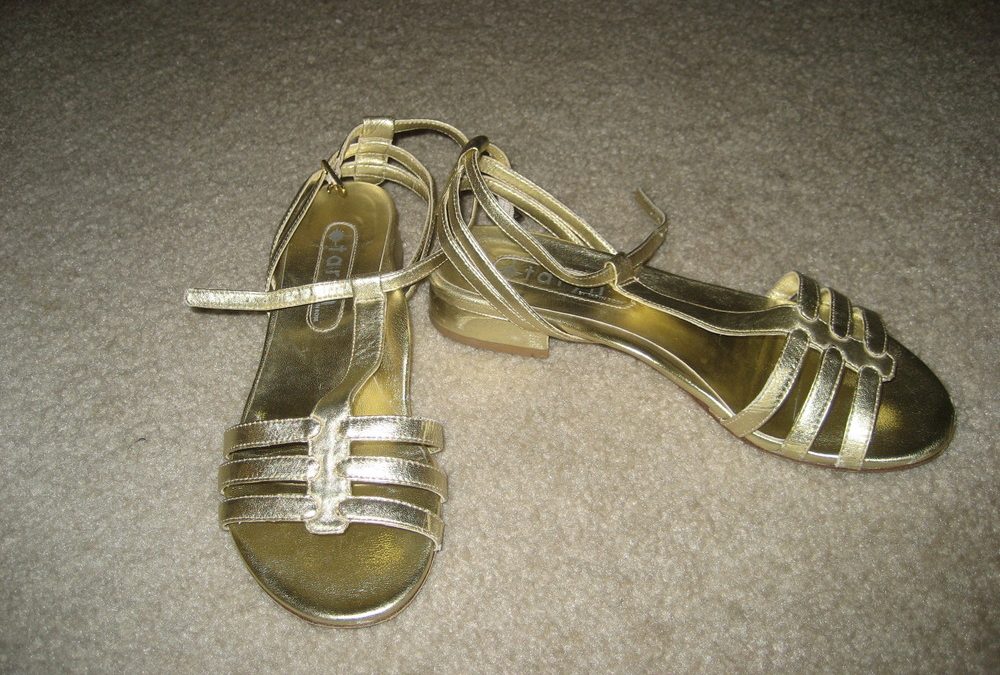
by Lynn Lipinski | Dec 9, 2010 | Writing
Write fright, or fear of the blank page, is hard to overcome. The white page on the computer screen seems naked, and my attempts at sentence fragments, much less paragraphs, offer it as much cover as a fig leaf. Maybe I should use a larger font. Try double spacing. ...

by Lynn Lipinski | Oct 27, 2010 | Fiction, Writing
Humor is a funny thing. It is easy to make some people laugh — employees, mothers, bartenders, the guy at the coffee shop — but being funny to strangers is an art form. I recently attended a workshop by author and comedy instructor Judy Carter on how to...




